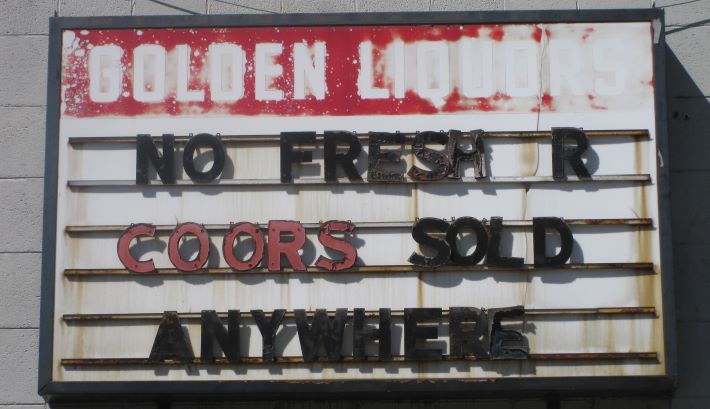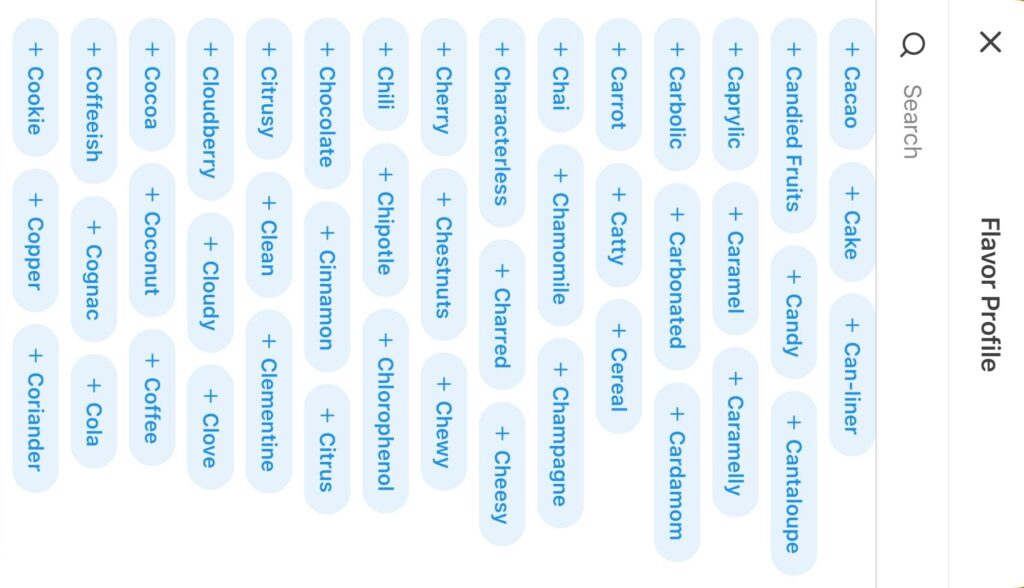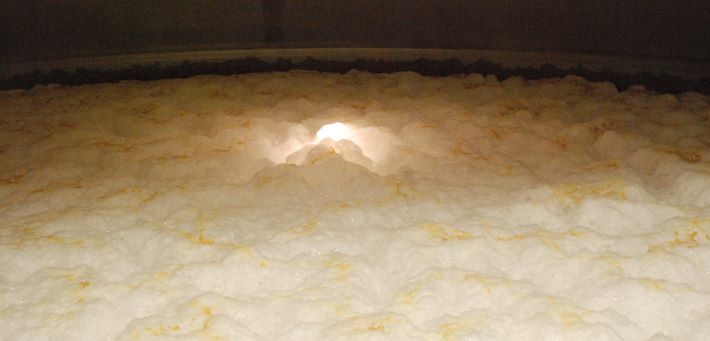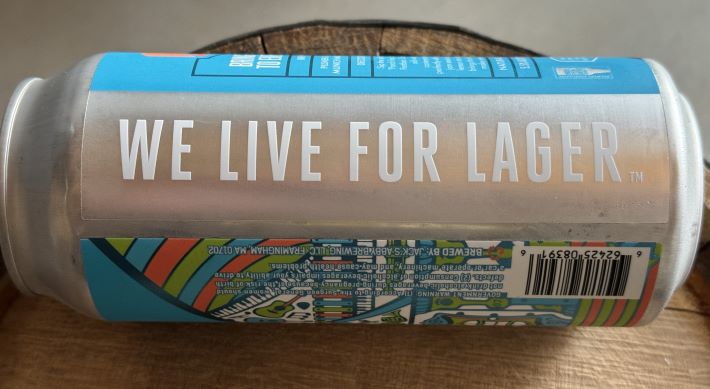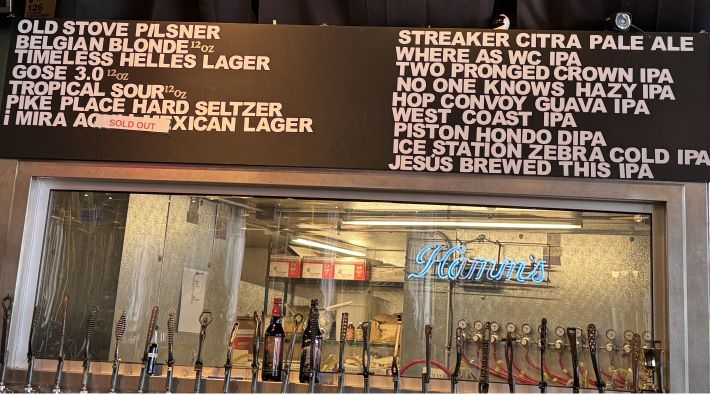
The window behind the taps at Old Stove Brewing in Seattle offers a view of the cold room and a Hamm’s beer sign. Not pictured, a TV that shows beer commercials in black and white, mostly from before when the first Sierra Nevada Pale Ale was brewed.
~~~~~~~~~~~~~~~~~~~~~~~~~~~~~~~~~~~~~~~~~~~
Links to posts about to be discussed:
– Low-involvement and high-involvement drinkers.
– Best beer drinking experiences.
Thanks to Alan Mcleod for spotting the essay about “How to understand the relationship between wine critics and consumers.” Jamie Goode writes, “Low involvement is someone who consumes wines without having an interest in wine – they will never do something as abstract as read about wine, so we can rest easy that when we write we are not writing for them.” That is a liberating thought for a writer. Not so much for a brewery owner. High-involvement beer consumers are easy pickings. Next comes the hard part.
Goode also writes, “the same wine can have varying levels of quality in different situations.” That seems relevant to Jeff Alworth’s second “book of lists” post, this one “best drinking experiences.” Unlike his list of “best hops,” this one is more generic. That first one was quite specific, including Perle (WTF?) and somehow excluding Centennial and Hersbrucker.
I prefer specific, but understand why the second list is generic. It allows readers to provide their own details, as McLeod did Thursday in his own take on Alworth’s No. 10. That’s what a high-involvement reader brings to a blog post.
~~~~~~~~~~~~~~~~~~~~~~~~~~~~~~~~~~~~~~~~~~~
LEDE OF THE WEEK
The sun was already low in the autumn sky as I finished up my beer at the legendary Waldwirtschaft (WaWi) and headed north toward the equally legendary Gutshof Menterschwaige. I’d been to the WaWi several times over the years, but hadn’t yet made it to the Menterschwaige on the other side of the Isar River. The weather doesn’t always cooperate with the best laid beer garden plans. But today was the day.
The short walk from the WaWi to the Menterschwaige takes you down a path toward the foot bridge spanning the Isar, and then up to a wooded trail along the embankment high above the Isar. It’s this kind of walk that gives you a sense of how the topography of the Isar Valley favoured the sinking of beer cellars from Munich all the way up to Bad Tölz at the foot of the Alps. The cellars no longer store beer, but the stands of trees still cast their shade over the cellars for those of us who enjoy the respite of the beer garden.
— From Beer Gardens with a Touch of Spike
QUOTE OF THE WEEK
“I love cask ale, especially Boddingtons. We only had one working handpull when we first opened, and the first beer I tapped was Chesters’ Bitter by Whitbread—we were a tenancy with Whitbred you see. When I could, I changed that to Boddingtons. I was everyone’s friend after three months for getting Boddies on. It was really, really busy.”
— Steve Dilworth, in from Water to Daffodils — The Swan With Two Necks in Pendleton, Lancashire
~~~~~~~~~~~~~~~~~~~~~~~~~~~~~~~~~~~~~~~~~~~
PIECES OF HISTORY
Wot I Wrote Nearly Thirty Years Ago. “We cannot expect anything other than a contraction of choice from the big suppliers, be they brewer or pub chain. At best we can expect a collection of tired old national brands brewed down to a price, at God knows where.”
Papazian goes AWOL as we contest AB’s aggression against Budvar. “Brewing Barbarians at the Gate.” Amen.
YOU MIGHT ALSO ENJOY
Are you drinking your IPAs too fresh? Or are breweries releasing them too early?
Nothing But Flowers. “Hops are flowers, you know. We’ve made them smell like citrus and tropical fruit, but there’s a lot of more interesting stuff underlying that.”
The world’s deepest hot spring helps this Colorado brewery brew its beer. The hot water in what’s known as the “Great Spring” on the south side of the San Juan River opposite Riff Raff provides energy for the entire brewery.
